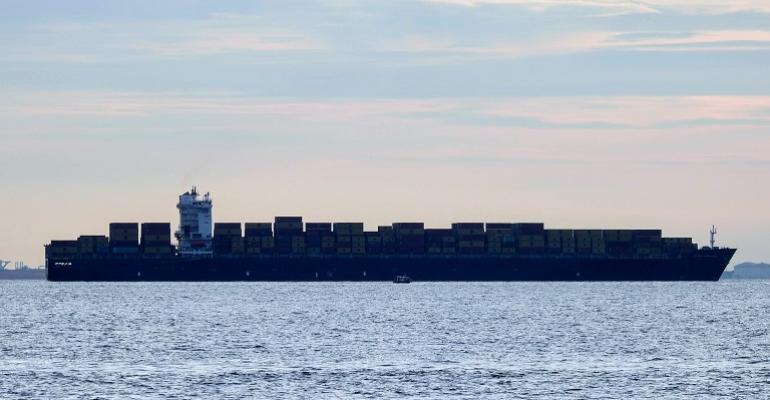After all, the new government in Australia is currently expressing interest in such a policy to invigorate domestic shipping and across the Tasman the New Zealand government has been encouraging the development of coastal liner services. Is there something going on here?
It might be suggested that this is something of a reaction of governments to sentiments that have been certainly stoked by the cost of sea transport (at least in the liner trades) since the end of the pandemic. Elsewhere, shippers’ organisations have been demanding regulator action to curb the admittedly rare but extraordinary profits of the container lines and to inquire into whether they have been exerting market dominance in an illegal fashion. Left-leaning governments will invariably find it easier to castigate foreign flag carriers and suggest alternative and superficially attractive shipping solutions. Whether they might have somewhat missed the boat as liner freight rates are falling is another matter – it is the sentiment that counts.
On the surface, there is nothing ignoble in a nation, particularly if it is somewhat remote from the mainline maritime routes, wishing to become less dependent on foreign carriers. In South Africa, there was a lot of pride in their flag carrier Safmarine, which had been established in 1946, and some considerable disappointment when it was swallowed up by Maersk with the brand ultimately extinguished, some 70 years later.
Even considering the arguments about scale and brand loyalty, there was much local disquiet at the Danish giant’s decision to abandon the employment of South African seafarers and discontinue their cadet programme. The subsequent employment of South African seafarers, emerging from their fine training establishments, has presented their country with a problem ever since, feeding into the general disquiet at being perpetually beholden to overseas interests. The current enthusiasm in government for the establishment of a “government line” can be thought of as a reaction to this situation.
History tells us that politics, a feeling of isolation, the perception of being taken for a ride by overseas carriers, nationalism or a sense of independence have all led in the past to the involvement of governments in shipping. Other than in the centrally controlled economies, where different yardsticks seem to apply, such has seldom been a long-term success.
One might think of the short-lived Shipping Corporation of New Zealand, which emerged as that country found itself facing economic isolation, after the UK’s embrace of the European vision. The company, tasked with finding new trades and markets for NZ exports, in addition to its role as a carrier, made a valiant attempt to fulfil these manifold requirements, but ultimately surrendered to the competition from cheaper and far bigger carriers.
In Australia, where there had been a doomed attempt to establish a national shipping line during WWI, the far later emergence of the Australian National Line produced a company which tried hard to maintain both a domestic and international presence. It attracted a great deal of real talent, using technology, brilliant design and a lot of enterprise to cope with its high operating costs, but similarly to the SCNZ was overtaken by the inability to compete in the world of the open register and cheap shipping, which proved irresistible to Australian shippers.
And in other countries where a national shipping company was regarded as an important expression of national sovereignty – we might think of the examples of Ghana Black Star and Nigerian National Line - state involvement proved no guarantee of a continued existence in a fast-changing maritime scene. A shortage of funds in an increasingly capital-intensive industry, an inability to respond to changing markets, scale and new technology, along with the problems of bureaucracy in state-run enterprises, are all cited as the reasons for the demise of government lines. The omens for any government involvement in shipping do not look promising.
Copyright © 2024. All rights reserved. Seatrade, a trading name of Informa Markets (UK) Limited.
Add Seatrade Maritime News to your Google News feed.  |

